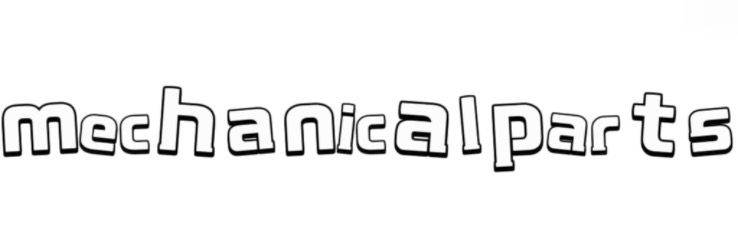Key Factors in Choosing a Blow Molding Machine
Dec. 27, 2024
When companies aim to boost their manufacturing capabilities, selecting the right blow molding machine plays a pivotal role. Blow molding is a production technique that creates hollow plastic items such as bottles, containers, and tanks. Given the technical complexities and substantial investment involved, ensuring the selection process covers several key factors is critical. Here’s a guide to help you make an informed choice.
Types of Blow Molding Machines
Understanding the variety of blow molding machines available is essential. The main types include:
- Extrusion Blow Molding (EBM): Perfect for large components, EBM entails extruding parisons that are inflated to the desired shape and then cooled.
- Injection Blow Molding (IBM): Typically used for smaller, more detailed products, IBM injects molten plastic into a mold before being blown into form.
- Stretch Blow Molding (SBM): Primarily for PET bottles, this method stretches the preform to enhance strength during the molding process.
Each type boasts its features and limitations, influencing your decision based on product specifications.
Production Volume and Speed
Assessing your required production volume is another vital consideration. Your monthly output will dictate the capacity of the machine you need. Blow molding machines differ greatly in throughput rates—some may only produce several hundred units per hour while others can handle thousands. If your project prioritizes high efficiency, optimal speed will be a determining factor in your selection.
Part Complexity
The intricacy of the products you plan to manufacture significantly impacts your choice of machine. If your focus is on simple, uniform items, a standard blow molding machine will suffice. However, for complex designs featuring varying wall thicknesses or specialized details like handles, investing in a more advanced machine designed for sophisticated geometries is advisable.
Material Compatibility
Blow molding machines must be compatible with a variety of materials, including HDPE, LDPE, and PET. It is crucial to ensure that the machine you select can process the required materials for your specific products. Additionally, factor in whether you need a machine capable of handling different colors or additives, as this can impact production when switching materials.
Machine Size and Footprint
The physical dimensions of the blow molding machine are critical, particularly concerning your facility's layout. Evaluate the available installation and operational space beforehand. Be mindful that larger machines not only occupy more floor space but may also necessitate specialized installation and maintenance.
Cost and Budget
When budgeting for a blow molding machine, consider not only the purchase price but also operational costs, maintenance, and raw material expenses. Explore various brands and models to strike a balance between quality and cost-effectiveness. Remember to include total ownership costs, encompassing personnel training and ongoing operational expenses.
Manufacturer Reputation and Support
Choosing a reputable manufacturer can prevent significant complications down the line. Research customer reviews and industry status. Manufacturers that provide robust technical support, warranty packages, and staff training will ensure you have assistance readily available should challenges arise or if you need to optimize your machine.
Technological Advancements
With the constant evolution in manufacturing technology, consider whether you desire a machine that incorporates modern features such as automation, real-time monitoring, and energy-efficient options. Automated systems can lower labor costs while enhancing speed and accuracy, whereas energy-efficient machines can reduce long-term operating costs.
Conclusion
Making an informed selection of a blow molding machine affects efficiency, production quality, and profitability in the long run. By considering essential factors such as machine type, production volume, part complexity, material compatibility, size, budget, manufacturer support, and technological advancements, you will be better equipped to make a wise investment and enhance your manufacturing process effectively. Conduct thorough research and, if possible, consult with industry experts to ensure that your decision is well-informed.
If you’re interested in further information, please check 2 cavity blow molding machine and 4 cavity blow molder.
220
0
0
All Comments (0)
Previous: Ultimate Guide to 1500ML Mineral Water Bottle Production Machine
Next: Maximize Efficiency with a 4 Cavity Bottle Production Line
If you are interested in sending in a Guest Blogger Submission,welcome to write for us!


Comments